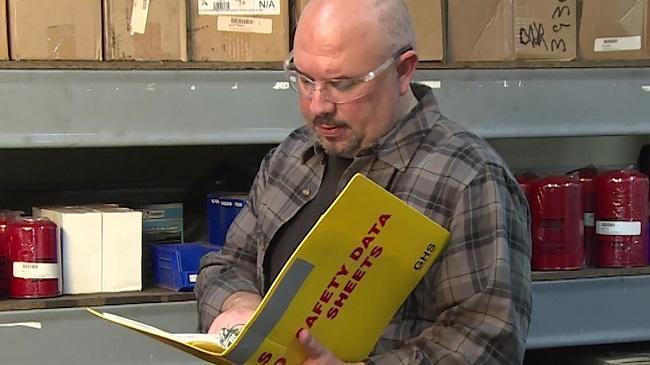Hazard communication is a crucial aspect of any workplace, but it is especially important in auto service environments. This is because auto service environments often involve a wide range of hazardous materials and processes, which can put workers at risk if they are not properly informed about the hazards they may encounter.
Effective hazard communication is essential for protecting workers in auto service environments from the potential risks associated with hazardous materials and processes. By providing workers with information about the hazards they may encounter on the job, employers can help ensure that workers are able to take the necessary precautions to protect themselves from harm.
One of the key elements of hazard communication in the workplace is the use of warning labels and other forms of signage. These labels and signs provide important information about the hazards that workers may encounter on the job, and they can help workers to take the necessary precautions to protect themselves. For example, warning labels may indicate the presence of hazardous chemicals, electrical hazards, or other potentially dangerous conditions.
In addition to warning labels and signage, effective hazard communication also involves training workers on how to properly handle hazardous materials and equipment. This training can help workers to understand the potential risks associated with the materials and processes they may encounter on the job, and it can provide them with the knowledge and skills they need to safely handle these hazards.
By providing workers with the information and training they need to handle the hazards they may encounter on the job safely, employers can help to protect their workers from potential harm and ensure that their workplace is as safe as possible.
Do you need Online Training for Hazard Communication in Auto Service?
Try a free demonstration of our Hazard Communication in Auto Service training, where you can see the full content of the training program and how the system works from the perspective of the trainee:










